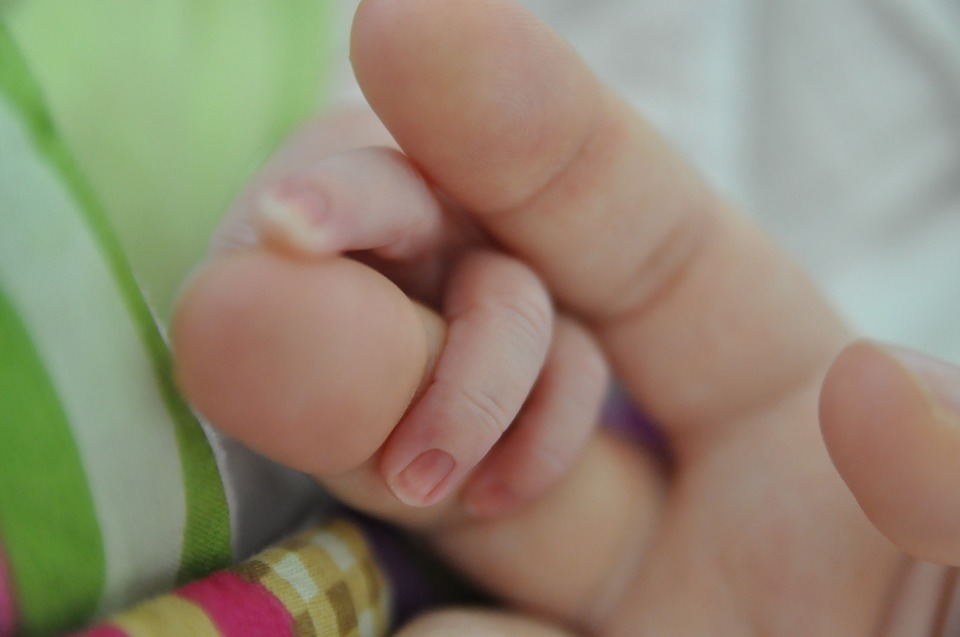While most births in the U.S. take place without incident, a small number of infants do sustain injuries during childbirth. There are many different types of birth injuries which can occur and it’s important for parents to be aware of them. Hire the most competent birth injury attorney to help you if in case your child suffers from a birth injury.
While some injuries are apparent straight away, others can take weeks or months to become noticeable. By having some knowledge of birth injuries, you’ll be better able to identify indicators of an injury and seek medical advice swiftly. To learn more, take a look at the most common types of birth injuries now:
1. Caput Succedaneum
Caput succedaneum is an injury which affects the baby’s scalp and is often visible soon after delivery. Excess pressure during the birth can cause the infant’s scalp to swell or bruise. This may be more common when vacuum extraction equipment is used following a lengthy labor but often resolves without the need for medical treatment.
2. Broken Bones
It’s not particularly uncommon for babies to develop bruising following a difficult birth but physicians must ensure that this bruising does not indicate a broken bone. If physicians have been too forceful while delivering a child, it is possible for the infant’s bones to fracture. Alternatively, this type of injury could occur if a baby is dropped following their delivery.
3. Brachial Plexus Injury
The brachial plexus is a group of nerves that connects the arms and hands to the spinal cord. If a baby is in an awkward position prior to delivery, excess pressure on the brachial plexus area can impinge the nerves. As a result, the infant’s ability to move their limbs may be impaired. Fortunately, this usually resolves over time, although physical therapy may be required.
4. Cerebral Palsy
If a baby does not have a sufficient supply of oxygen, he or she can sustain damage to parts of their brain. When the portion of the brain responsible for controlling motor functions is impaired, the child may develop cerebral palsy. This is a neuromuscular disability which affects a person’s muscle tone, posture and muscle control. However, the severity of the symptoms varies from person to person.
5. Subconjunctival Hemorrhage
If the blood vessels in a baby’s eyes are damaged during the birthing process, subconjunctival hemorrhages may occur. These are characterized by reddening around the irises but are not associated with long-lasting damage. In most cases, the reddening will have completely disappeared within a number of days.
Taking Legal Action After a Birth Injury
If your child has sustained a birth injury, you may be able to take legal action on their behalf. If the injury was caused by an error or negligence, it’s highly likely that malpractice will have occurred. If so, you could obtain compensation on behalf of your child.
Before you instigate legal proceedings, it’s advisable to seek guidance from a birth injury malpractice lawyer. By choosing a specialist provider of birth injury malpractice advice, you can ensure that you have an experienced legal team handling your case. Furthermore, an expert birth injury lawyer will have the skills and experience to help you negotiate a suitable settlement.

